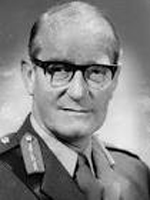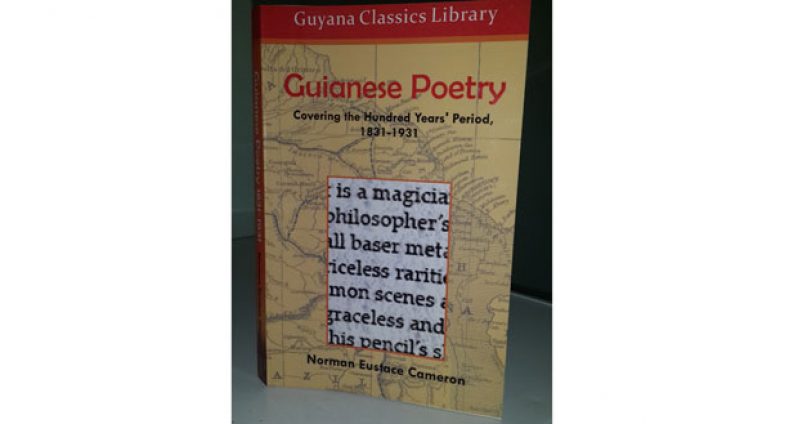Writers as Tourism Ambassadors
It is normal to hear a lover of books, an avid reader confessing that he/she was able to travel the world without leaving home.

It is also normal to hear a reader praising the writer for doing such a service – being a tour guide, historian, linguist, archeologist…Sometimes the reader is so enthused going great lengths to reproduce how the writer had described a certain place.
It is customary for me to prescribe books on Guyana to anyone wanting to learn about this country. An excellent point to start the adventure in Guyana is to be introduced to the literature of the country. ‘An Introduction to Guyanese Literature’ by Petamber Persaud is such a book. It was first published by the National Library of Guyana in 2013 and reprinted in 2014 with support from Sterling Products Ltd. and Guyana Lottery Company Ltd.
The book is divided into three sections. For the purpose of this paper, ‘section two’ bears more relevance to the subject. ‘Section two’ deals with the first writings on Guyana via travelogues, histories, diaries and memoirs. ‘Section two’ also deals with journals, magazines and the rise of the novel. The book shows how you may expand the adventure on Guyana through the writings of imaginative literature and non-fiction literature.
A few examples will suffice:
After reading Raleigh’s adventures in ‘The Discovery of Guiana,’ I was constrained to continue the adventure by plunging headlong into Brown’s ‘Canoe and Camp Life in British Guiana,’ first published 1876. And I was not disappointed for this book had me moving on various levels of reading.
‘Canoe and Camp Life…’ took me more on an adventure in research than an adventure of reading for pleasure, forcing me to revisit study notes on the writing of Wilson Harris in reference to the bone flute and to the writing of Waterton in reference to bloodletting as a cure for all ailments and to ‘The Twelve Views of the Interior of British Guiana’ by Robert Schomburgk with reference to Brown’s use of Schomburgk’s map. Then the poetry of the language used by Brown sent me turning the pages of another book in the series, ‘Guianese Poetry 1831 – 1931’ by Norman Cameron first published in 1931. Herein I settled on the poem of Dr. Henry G. Dalton, titled ‘The Essequibo and its Tributaries.’ Cameron described Dalton as ‘being the first poet to describe the local life and nature.’
Dalton’s poem was published in 1858 in London, about two decades before Brown’s book. This is pure conjecture: (please remember I am the one doing the reading; when you get to read this book, you may interpret it differently – that’s the vagaries of literature) Brown may have read Dalton’s writing – both persons seem to be going in the same direction, encountering similar features of the land, both fascinated by the flora and fauna.
Both started from Georgetown, encountering the hazard of sandbanks, shooting the rapids, describing the sunset, moonlight, and spine-chilling night sounds, the penal settlement and its hospitality, encountering an old white settler, spending a night in an Indian hut and detail description of each Amerindian tribe.
There was a parting of ways for the two writers. Brown extended the adventure all the way to the Potaro whereas Dalton exploration stopped in the vicinity of the Mazaruni. Brown extended the adventure in the wilds of Guyana using the map of Sir Richard Schomburgk.
By extending the adventure, Brown is said to be the first European to see Kaieteur Falls. The Kaieteur Falls has become a symbol of Guyana.
In closing, I present this trivia: Brown came upon Kaieteur Falls in April, Dalton started his adventure to the Essequibo in April, Cameron was induced by Dalton’s poem to visit Bartica in April.
Armed with a copy of ‘An Introduction to Guyanese Literature,’ you will be better prepared to choose the direction of your adventure into Guyana.
Armed with a copy of ‘An Introduction to Guyanese Literature,’ you will discover writers as ambassadors of tourism.
(Responses to this author telephone (592) 226-0065 or email:oraltradition2002@yahoo.com)
(By Petamber Persaud)




.png)









